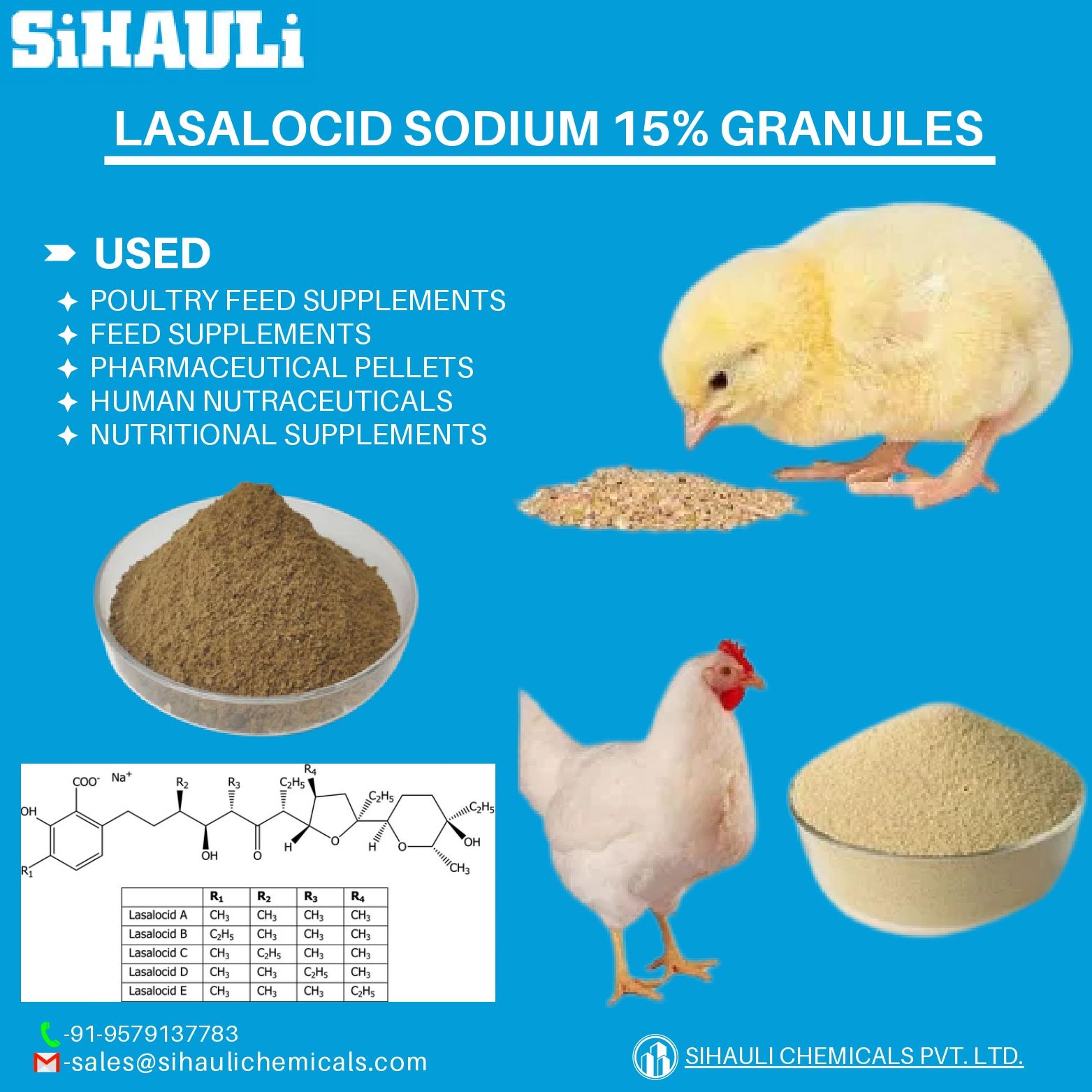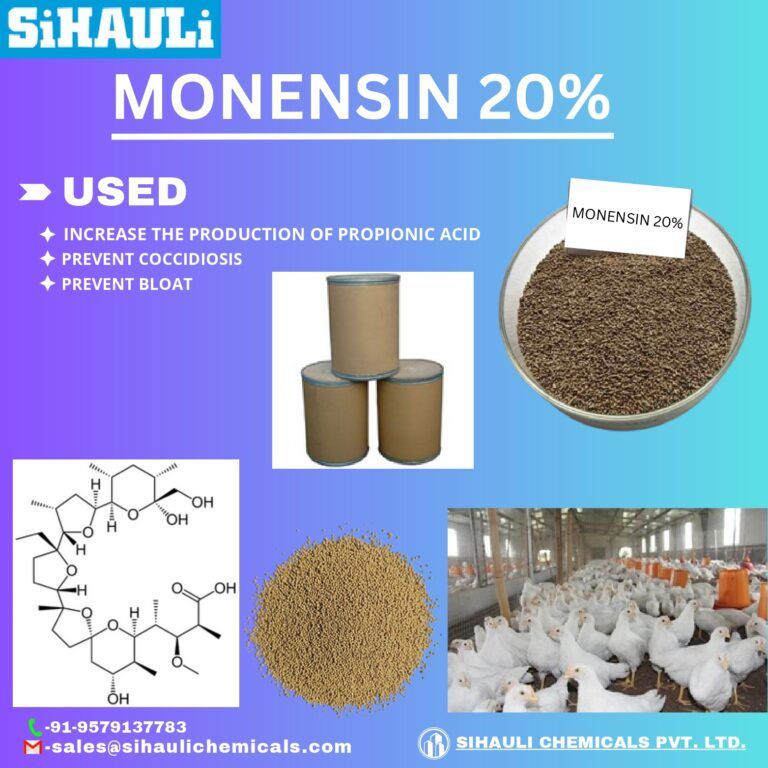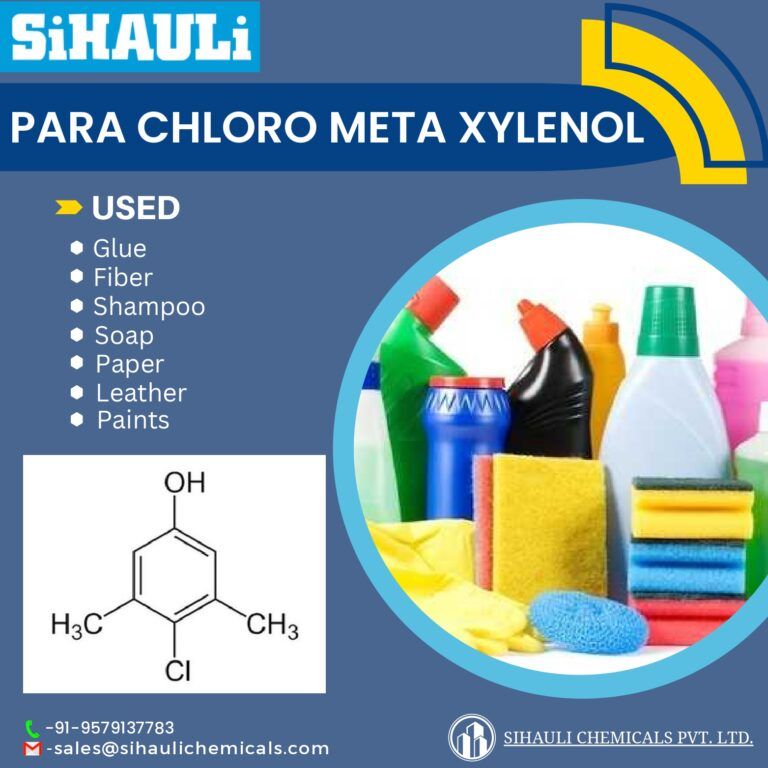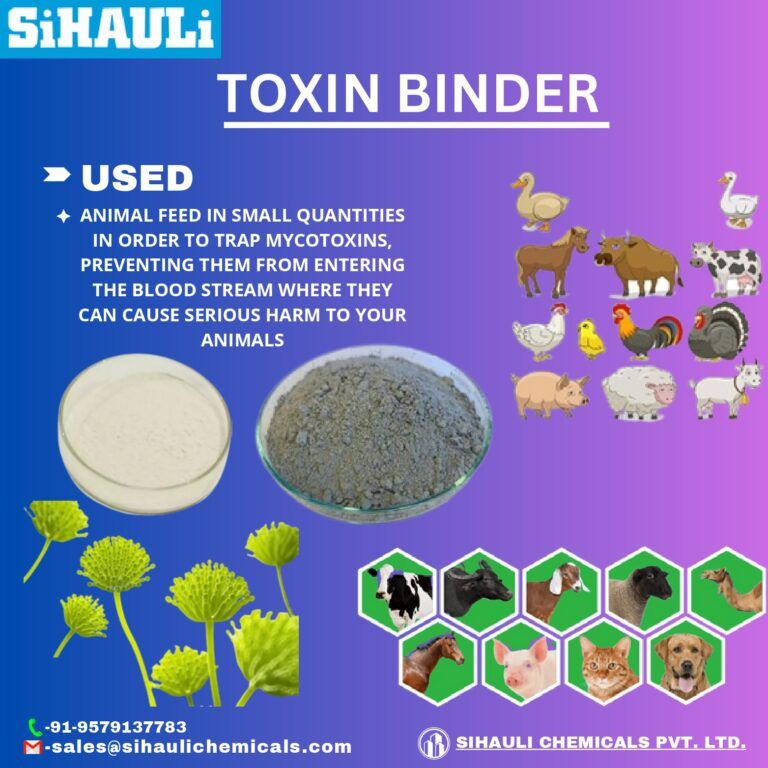Lasalocid is an antibiotic from the group of carboxylic ionophores and is used as sodium salt
(CAS No 25999-20-6). Lasalocid is produced by Streptomyces lasaliensis and is a mixture of
several closely related homologue substances A, B, C, D, E. The sum of the lasalocid
homologues B, C, D, E is limited to 10% of the total weight of the active substance, lasalocid.
Lasalocid is mainly active against Gram positive microorganisms. Lasalocid sodium is authorised
as a feed additive under Council Directive 70/520/EEC for the prevention of coccidiosis in
chicken and turkeys. As feed additive the substance is given continuously to chicken from day 0
up to 16 weeks at dose rates of 75 to 125 mg/kg feed with a withdrawal period of 5 days and to
turkeys at dose rates of 90 to 125 mg/kg feed up to a maximum age of 12 weeks and with a
withdrawal period of 5 days. For veterinary medicine lasalocid sodium is intended to be used in
birds for the prevention of coccidiosis caused by Eimeria spp. The intended doses in feed are 75
to 125 mg/kg for fattening chickens, 90 to 125 mg/kg for turkeys and 90 to 120 mg/kg for
pheasants, partridges and quails.
Lasalocid sodium is not used in human medicine.
- Lasalocid sodium is a carboxylic acid ionophore that binds divalent and monovalent cations. The
alteration of ionic transport across lipid membranes evokes catecholamine release from cells.
A positive inotropic effect was observed in dogs following intravenous administration of
lasalocid at 1 mg/kg bw and increased coronary and renal blood flow was also demonstrated. In
vitro data demonstrate reversible effects upon Golgi apparatus in mammalian cellular
preparations at 10 µg/ml (incubate) and increased serotonin secretion from platelets at 0.2 µM.
No further data on pharmacodynamics were available. - Pharmacokinetics after single administration of 1 mg/kg bw 14C-lasalocid orally to mice and rats
indicate a rapid absorption of lasalocid. Peak blood concentrations of 0.7 µg/ml and 0.05 µg/ml
were obtained at 0.25 hours and 3 hours in mice and rats, respectively. The blood elimination half
life was 3 and 4.8 hours for mice and rats, respectively. In both species nearly 90 to 95% of the
radioactivity administered was recovered in faeces 48 hours post-administration, indicating an
almost complete faecal elimination of lasalocid residues. Lasalocid shows a widespread
distribution in rats and mice, affecting many tissues such as muscle, liver, skin, fat, heart, thymus,
lung, spleen, etc. The tissue with highest concentrations was the liver with peak concentrations
ranging from 2500 to 4000 µg/kg. The urinary excretion of radioactive residues was nearly 1% in
both species. After administration of 1 mg/kg bw of 14C-lasalocid, by oral gavage, to biliary duct
cannulated rats, 60% of the dose was absorbed from the gastrointestinal tract to the blood. Fiftyeight percent of the administered dose was recovered in bile, indicating that nearly 100% of the
absorbed dose was excreted by the biliary duct. Only 1.1% of the administered dose was
recovered in urine.




